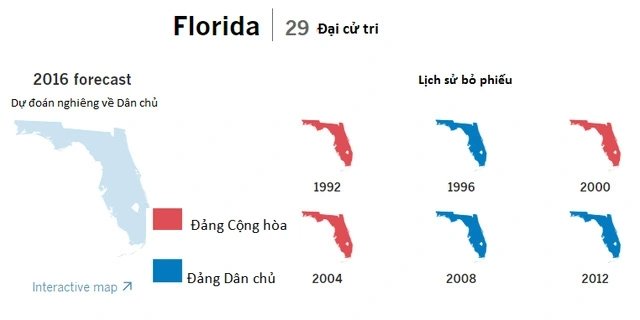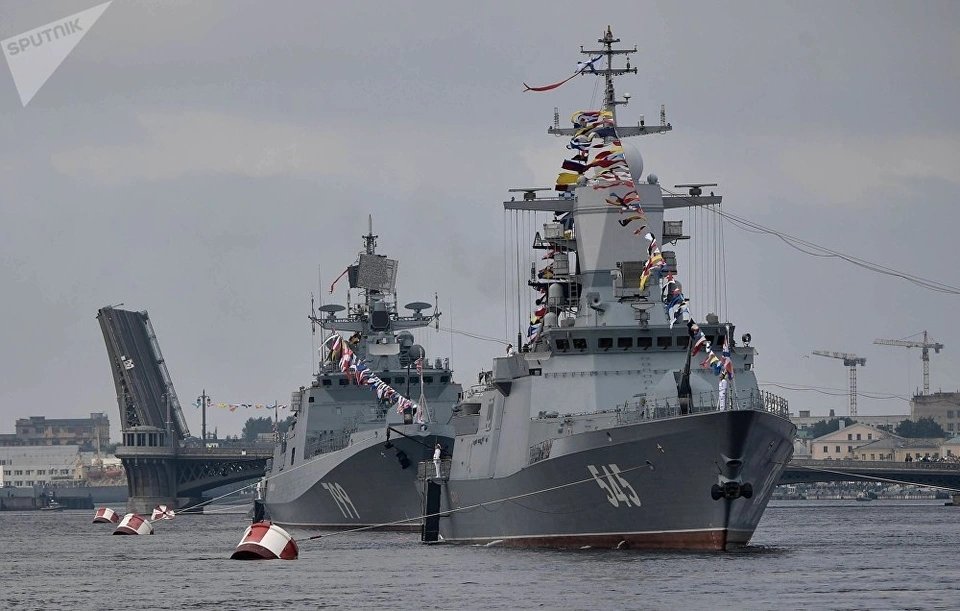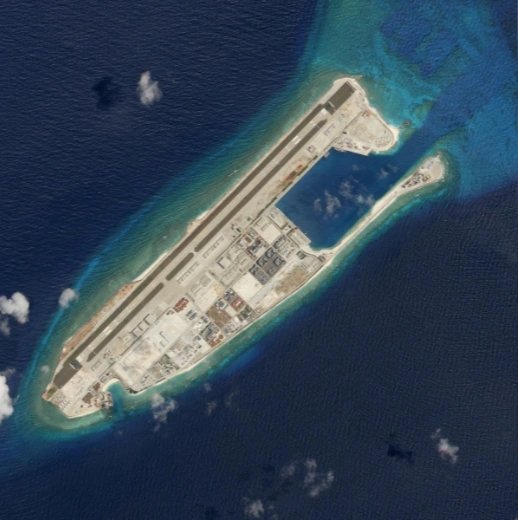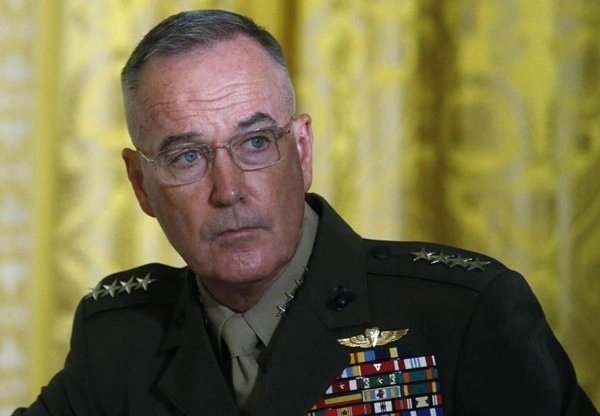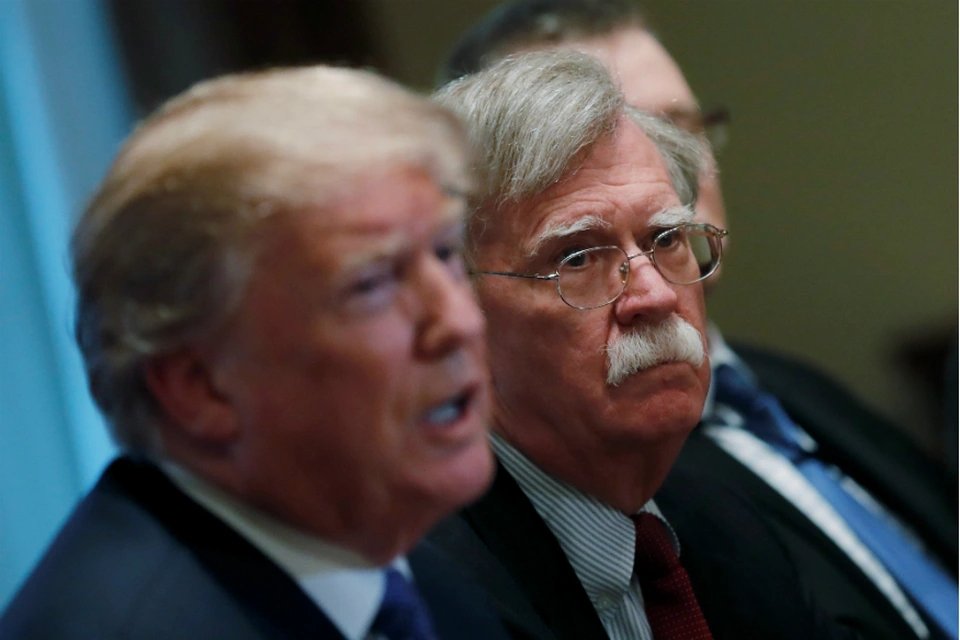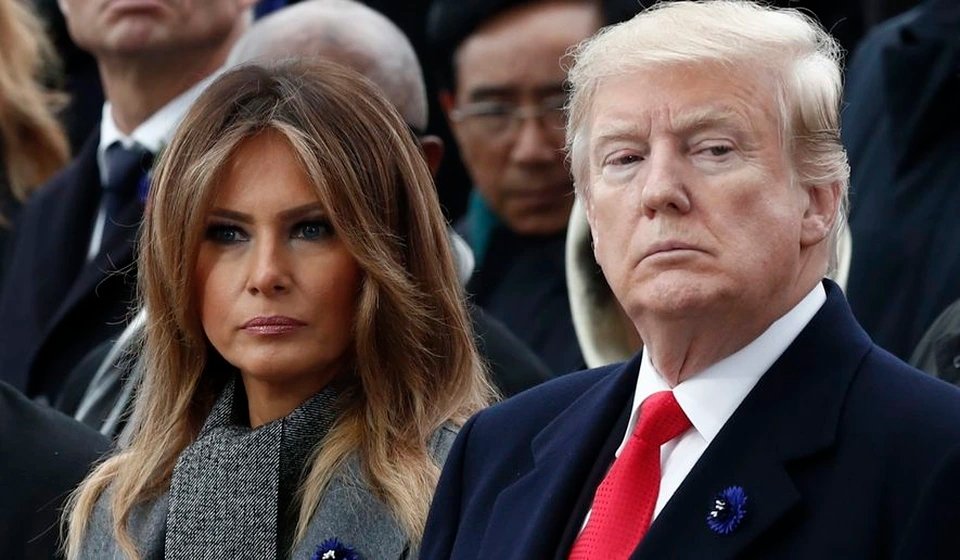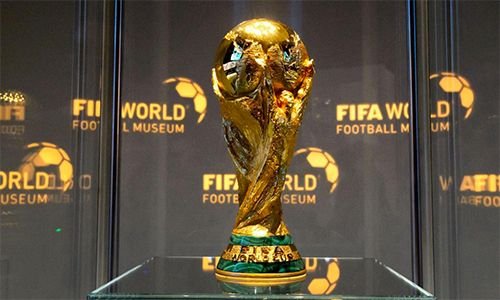
According to the approved plan, 48 teams are divided into 16 groups of three teams, with the top two teams in each group selected to continue to the knockout rounds.
The 2026 World Cup will be the first time the football world championship has been expanded since 1998.
The World Cup is the `goose that lays golden eggs` for FIFA.
FIFA President Gianni Infantino in October 2016 proposed the idea of expanding the scale of the World Cup, along with drastic changes in the competition format.
1. 48 teams are divided into 16 groups of three teams, competing to determine the top two teams in each group to win the right to enter the knockout round of 32 teams.
2. 48 teams but divided into two stages, preliminary and official.
3. Expand the World Cup to 40 teams, including 10 groups of four teams, select the top teams and the six second-place teams with the best records to advance to the knockout round.
4. World Cup 40 teams, with eight groups of five teams.
5. Maintain the World Cup as the current format, with 32 teams participating in the final round (64 matches).

Infantino wants to expand the scale, help more teams have the opportunity to participate in the World Cup and bring in greater revenue for FIFA.
Why is there an expansion plan?
At a sports conference in Dubai in December 2016, FIFA President Infantino said that the World Cup needed to be `more inclusive` and that the expansion plan would also benefit `the development of football around the world.`
The former UEFA general secretary added: `There is nothing greater in terms of promoting football in a country than participating in a World Cup.`
According to FIFA’s own research, revenue from the expanded World Cup is estimated to increase sharply, possibly reaching nearly $6.5 billion.
Who supports the expansion plan?
President Infantino said FIFA’s 211 member federations overwhelmingly support the 48-team World Cup plan.
England, Scotland, Wales and Northern Ireland are also said to support the expansion plan, as long as Europe is guaranteed a share of the 16 extra places at the finals.
The South American and North American federations also support the expansion plan.
Who does not support the expansion plan?

Germany and the ECA were the soccer and organization that reacted most strongly to the World Cup expansion plans.
The main opposition came from Germany.
The European Club Association (ECA) also opposes the expansion plan, saying that the larger World Cup will lead to more injuries for players, causing congestion in scheduling football tournaments.
History of World Cup reforms
World Cup
Team number
Formula
1930, in Uruguay
13
1 group of 4 teams, and 3 groups of 3 teams, with only the top teams progressing to the semi-finals.
1934 Italy
16
Includes only knockout rounds.
1950 Brazil
13
3 groups of 4 teams and 1 group of 3 teams, with only the top teams qualifying for the final group stage of four teams.
1954 Switzerland
16
4 groups of 4 teams, but only 2 matches in each group, with the top 2 teams in each group qualifying for the quarter-finals.
1958 Sweden
16
4 groups of 4 teams, 3 matches in each group.
1974 West Germany
16
4 groups of 4 teams, followed by 2 groups of 4 teams to determine the top 2 teams going to the finals.
1982 Spain
24
6 groups of 4 teams, followed by 4 groups of 3 teams compete to select the top team from each group to advance to the semi-finals.
1986 Mexico
24
6 groups of 4 teams, the top 2 teams in each group and the 4 third teams with the best records advance to the knockout round of 16.
1998 France – to present
32
8 groups of 4 teams, the top 2 teams in each group qualify for the knockout round.

